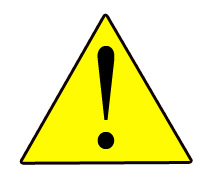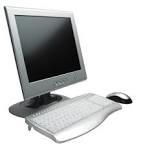Meaningful Use was created in order to create infrastructure for the health information system in American medical industry today.
The various stages were thought out and decided upon in order to ensure successful EHR use to establish an electronic health information network in the United States.
-
Stage 1 - this stage was established for data capture and sharing to start taking place
-
Stage 2 - this stage, began in January 2014, and intends to advance processes
-
Stage 3 - this stage leads to improved outcomes
Requirements for Providers:
When looking at requirements for providers, these must be broken down into Medicare program requirements and Medicaid program requirements.
-
Medicare program meaningful use requirements include 13 core measures that must be met and 5 of 9 optional measures. A 90 day reporting period to execute against goals of the program is also required.
-
Medicaid program requirements include showing proof that the practice has purchased and installed a government certified EHR and after 1 year the practice must then meet the medicare requirements also with the 13 core measures.
Meaningful Use and its requirements intend to allow for progress tracking and more connectivity.
While using EHR will improve connectivity and is the way of the future, it is a lot of work for practices and physicians. But, it doesn't have to be! Scribes can help.
-
Our medical scribes here at Scribe Solutions perform all the data entry work but also can assist in other services such as tracking labs, transcribing radiology reports, attending to patient needs, and helping physicians organize data.
-
Scribe Solutions understands the demands that physicians face and offers a low cost, innovative approach to significantly improve the process of patient care.



